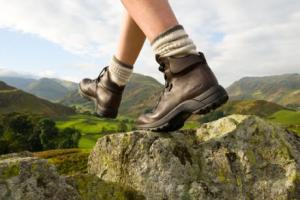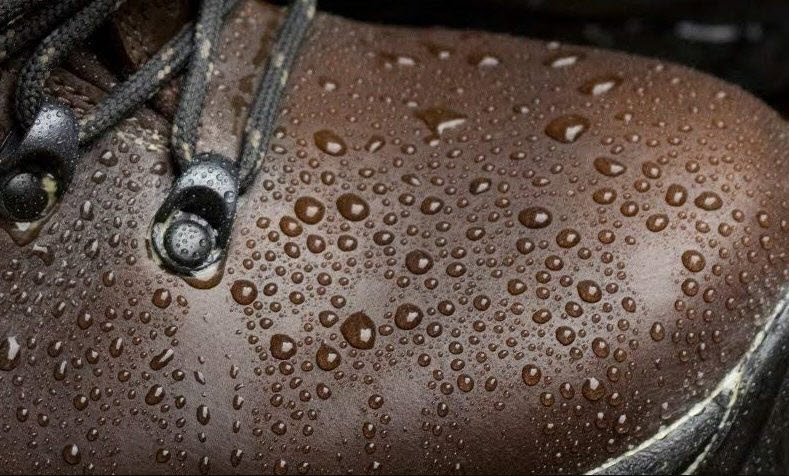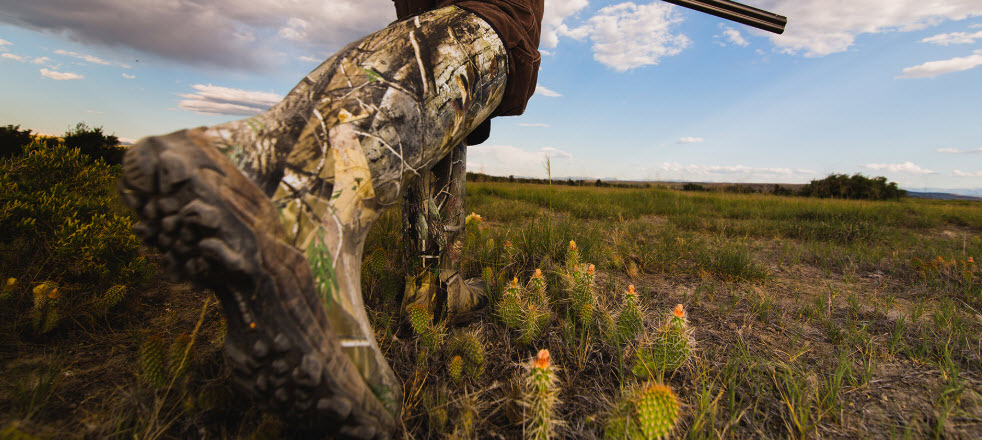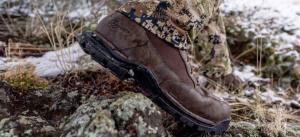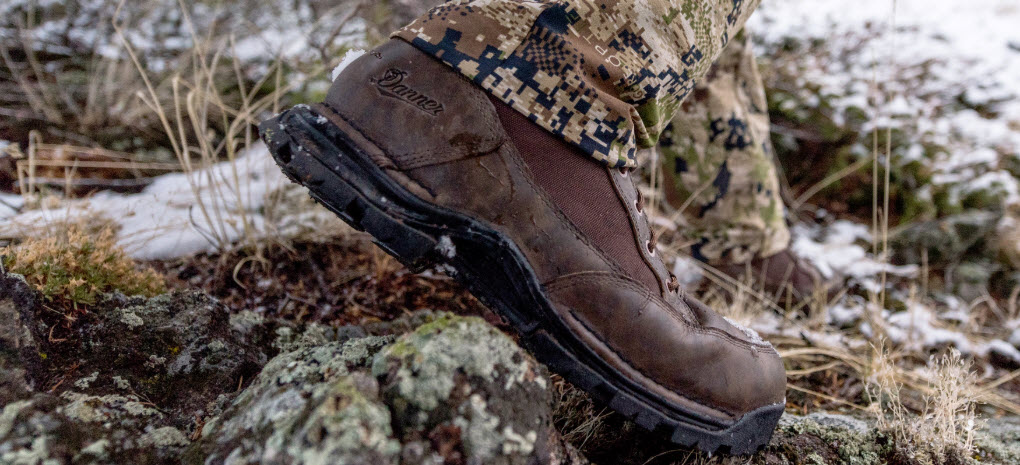
Most of us know that a good pair of leather boots is one wise investment of your money. Do leather boots work for your hunting too? After all, they’re made to take the heavy-duty use so it only makes sense that you should get them for your hunting too.
As with everything else, not all leather boots are created equal so you do need to look for the one pair that is going to fit your needs and feet the best way. Modern hunting boots come with elements that ease your efforts when hunting and the leather hunting boots shouldn’t make an exeception.
Page Contents
What should the leather hunting boots be?
No matter if you have custom leather boots or not, you need them to have some specific features that work for hunting. After all, hunting boots are just another part of your hunting equipment so they need to be up for it.
Here are some features to appreciate:
- They come with reinforced shanks, heavy raised and rounded heel profiles and heavy lug soles. The reinforced shanks sustain help them take the intense use, whereas the raised heel improve your stability, creating a solid platform for lifting. They count a lot when climbing up or down a hill.

- Some come with a steel toe or composite, but you should go with this type only if you really need it
- They provide amazing support. They should be rigid enough to take the heavy-duty use, for a long time, no matter the surface.
- The hunting boots need to be made of tough leather that ensures a solid build, without sacrificing the comfort. Your leather hunting boots still need to be flexible, for better comfort when hunting.
What else do you need to check when buying?
The aforementioned features aren’t the only features to look for on a good pair of leather hunting boots. Here are some other things to check when selecting:
- Waterproofness is important as deer hunting almost never happens when it’s not raining at all.
- The insulation is something to check, especially if you live in a more northerly state. Most hunters are going to fancy 200 to 600g of Thinsulate in their hunting boots especially when sitting in a deer stand or in a duck blind in November.
- The flexibility is also something you’d want in your leather hunting boots. When you’re climbing up/down looking for your fame, you’re going to need your boots to allow nice movement with minimal strain on your feet.
- The traction is essential when hunting so look for the soles that get you there. Raised heels are going to give you more stability, without sacrificing the flexibility.
- The overall weight of your hunting leather boots should be also taken under consideration. 3 pounds for each boot is a bit heavy in terms of footwear. You don’t want your leather hunting boots to be too heavy as you may get too tired too son.
- If you’re going to hunt on warm weather, you’re surely going to appreciate the breathability of your hunting boots. leather isn’t the best example within the breathable material category, but you can find models that also feature some partial mesh uppers. This type of hunting boots is going to give you the durability and performance of leather and the breathability of mesh, which always improves your comfort and reduces the risk of overheating.
Side note: Leather is not the only material to choose for your hunting boots. manmade materials and rubber are also great examples of materials that are nonporous and waterproof. You should take your time and choose wisely your hunting boots. waterproofness is essential in some hunting situations and wet boots can definitely ruin your whole hunting action.
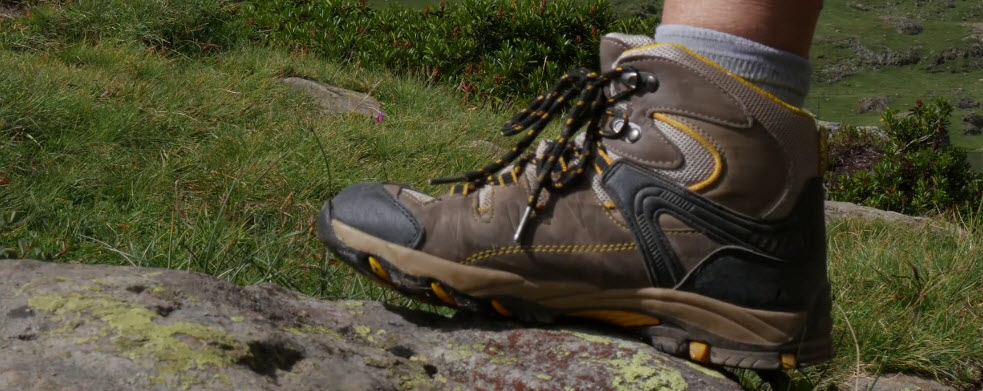
Top grain, full grain, suede, nubuck- which one is what?
There are several types of leather used for the hunting boots (all kinds of shoes, to be more precise) and each of them requires special care.
Here’s what you need to know:
- Finished leathers (top grain& full grain). Not many of us know that hide comes from the animal with various surface imperfections and even different thickness. The hide needs some processing until it becomes uniform and smooth as we know it. The “splitting” is one process in which the hide goes through a splitter in order to separate the outer layers from the inner ones. The outer layer is going to present a uniform thickness and it may go through another process for removing the scars, skin blemishes and various surface imperfections. This is how the “top-grain” leather is created.
When the animal’s original skin surface doesn’t go through any process whatsoever, the leather becomes “full-grain”. This sort of lather is used a lot for making hunting boots. various physical treatment, pigments or dyes are going to give the finish, the color and the final texture. The finished products have a smooth touch feel that we all love.
- Unfinished leather (suede or nubuck)-the inner layer of the leather (also known as the “split”) is used for making suede later on. Its buffy texture comes from a buffing process and it’s left unfinished. Even if nubuck feels a lot like suede, it’s actually made from the outer layer of hide and not from the split, like in the case of suede. Nubuck is in fact the top-grain leather that is buffed so that it gives a suede-like nap, which is left unfinished. Nubuck is a common choice for hunting boots and its soft, flexible feel, natural tan color and soft texture is highly praised by the hunters out there.
Side note: As nubuck is a bit more challenging when it comes to cleaning, here are some steps to take when cleaning your nubuck hunting boots:
- Use a nubuck cloth for wiping your boots. you should do it in various directions, using slow circular motions. Always remove the laces before cleaning.
- Brush you boot with a nubuck brush, using circular motions. Don’t spend more than a couple of seconds on any area, as this may ruin the leather.
- Use a nubuck cleaner for a soiled area, wiping the affected area. Remember to get rid of the residue by brushing it.
- Apply a protectant every 6 months. Spray your nubuck hunting boots and let them dry entirely before putting them on. It’s best that you apply the protectant right after cleaning the boots. remember to also lift the nap before you actually apply the nubuck protectant.
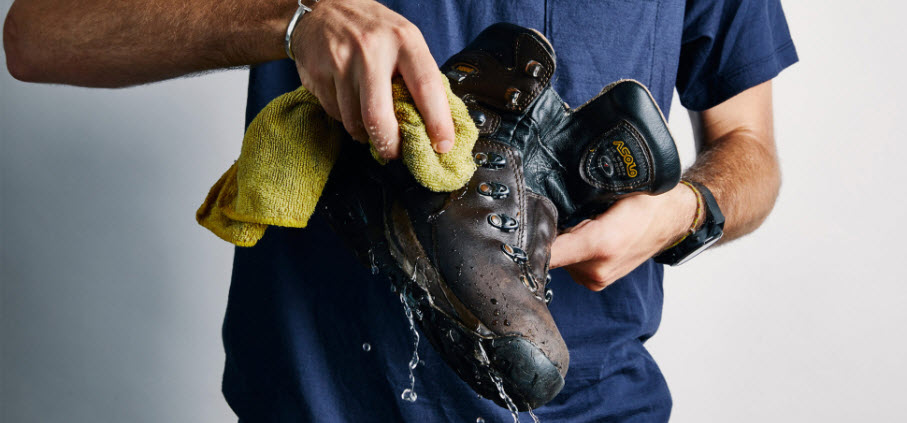
How to clean and take care of your leather hunting boots?
Once you’re back home and done with the story telling of your most recent game, it’s time to take your boots off and start cleaning them.
Cleaning
You should wipe all the material, dirt, mud, foliage that may go hard and stick to your hunting boots. it’s impossible to get the wax in your boots unless they’re clean.
Procrastination is a definite “no” when it comes to cleaning your hunting boots. never leave the cleaning until the next day and try cleaning them right away.
Drying
No matter how pressed you are, you should never put your leather hunting boots by a direct heat source. Placing your leather hunting boots by a heater or putting them in the dryer is the fastest way to damage them for good. This way you’re going to eliminate all moisture in the leather and make the boots crack in no time. Don’t ever think that placing your leather hunting boots next to a hot fire is going to be a good idea, because it isn’t. The leather is going to dry out too much and brittle too.
Drying the leather boots (in a natural way) is fundamental for reducing the risk of damage or dehydrate the leather of your boots.
You may speed up the process by inserting a couple of newspaper.
Waxing

In order to expand the lifespan of your leather hunting boots, you should start using some waterproof wax. You should only wax the hunting boots that are dry and clean. Conditioning the boots is going to help the natural oils inside the leather stay there. Waxing also lessens the water damage and helps your boots not to crack from drying. Your boots are going to pass the durability test and serve you for a good amount of time.
When it comes to waxing, be generous and repeat the process a couple of times. You may get better and faster results if you’re going to wax your leather hunting boots in the sun.
Storing
One of the things you can do for taking good care of your leather boots is to store them in a dry place. Put them in a good position so that they don’t change their natural shape. You shouldn’t crush your leather hunting boots in a box as you’re going to alter the shape for good.
The final word of advice
The leather is a great choice for anyone when it comes to hunting boots. Even some modern choices may surpass its performance on some levels, when it comes to durability and reliability, leather is still the no.1 option so you should always spend a few bucks more for a nice pair of hunting leather boots.
RESOURCES
https://nicksboots.com/blog/post/do-leather-work-boots-make-good-outdoor-or-hunting-boots/
http://www.sportingshooter.com.au/hunting-skills/maintaining-your-hunting-boots
https://www.grandviewoutdoors.com/big-game-hunting/whitetail-deer/boot-care-101
https://www.wikihow.com/Clean-Nubuck

